This was published 5 years ago
Germany: A Jewish heritage walking tour in Cologne
By Keith Austin
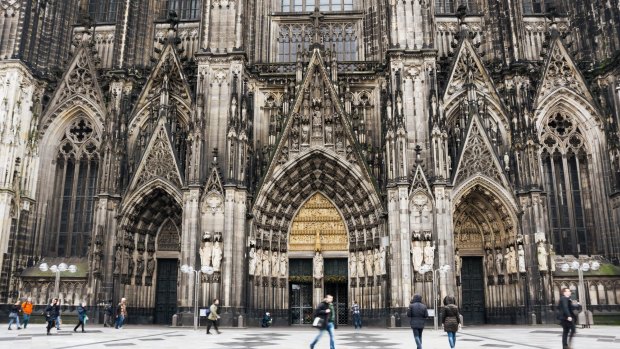
Cologne Cathedral is a Roman Catholic cathedral in Cologne, Germany.Credit: Shutterstock
"And over there," our guide says, pointing across the Rhine, "is today a beer garden that used to be the transit point for Jews who were being sent to the concentration camps."
We are gathered on the bank of the river, not far from where our ship, the Avalon Imagery II, is moored. We are on day six of an eight-day Romantic Rhine river cruise from Basel to Amsterdam and suddenly romance is the last thing on our minds. Not that we were expecting it to be, not on a Jewish heritage walking tour through Cologne.
There have been Jews in Cologne since Roman times and their presence is woven through the fabric of the city from the medieval remains of the mikveh (ritual bath) currently being excavated in the old Jewish quarter to the stained glass windows in the famous cathedral depicting Elijah, Abraham and Isaac, Samuel, Salomon and Sheba.
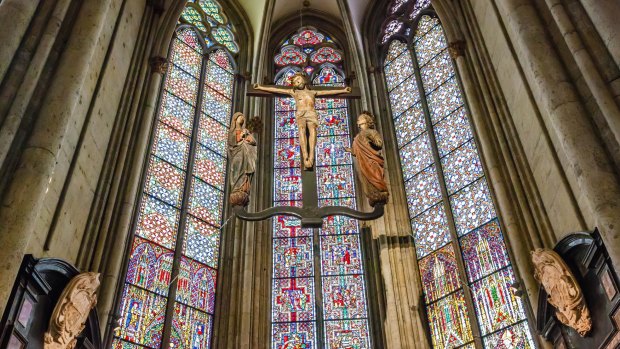
Interior of Cologne Cathedral.Credit: Shutterstock
It's not always been a happy history, despite the stone-etched letter of protection for Cologne's Jews issued by Archbishop Engelbert II in 1266 and carved into a wall of the cathedral.
Walking through the city centre and around that grand and gorgeously gothic cathedral the culmination of this chequered history can be found, quite literally, under your feet. At one point we stop at the end of a pedestrian shopping precinct so the guide can point out a couple of 10cm by 10cm brass plates set in the pavement.
These are Stolpersteine (stumbling stones), a project started by German artist Gunter Demnig in 1992. The plates are inscribed with the name, date of birth and the date and place of death of the victims of the Nazis and are laid outside their last place of residence before they were dragged off to their deaths in the Holocaust.
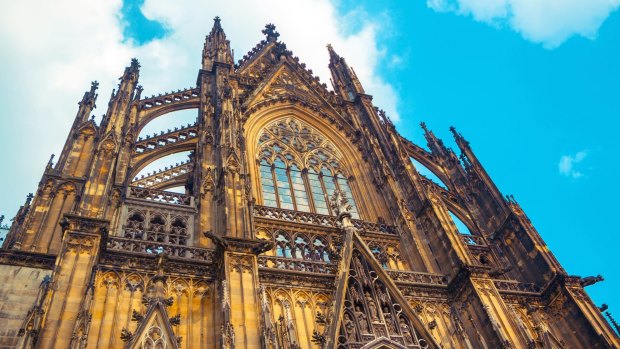
World Heritage listed: Cologne Cathedral is a Roman Catholic Gothic cathedral.Credit: Shutterstock
A stolperstein would, explained Demnig at the time, symbolically bring victims back to the neighbourhoods where they rightfully belonged. The two we stop to look at commemorate the lives and deaths of Rosa Strauss and Gustav Jacob, both deported in 1941 and "ermordet" in the Chelmno extermination camp in 1942. It's a chilling moment.
As of March this year more than 67,000 Stolpersteine have been laid in 22 countries but they are particularly poignant in Cologne where 11,000 Jews were killed during the Nazis' reign of terror.
Cologne, which today has one of the largest Jewish communities in Germany, isn't the prettiest of cities to stroll around – mainly because 95 per cent of it was bombed into oblivion by the Allies during the war.
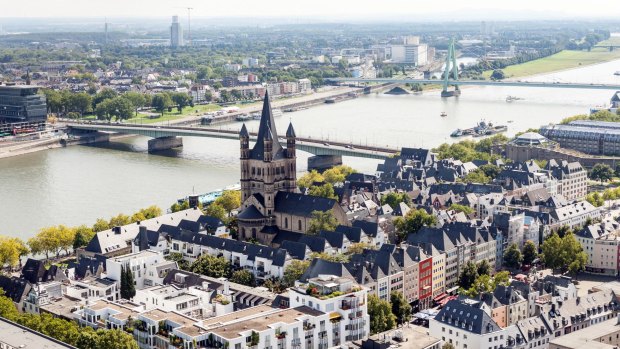
View of Cologne, Germany.Credit: Shutterstock
Towards the end of the tour we visit one of the few buildings to survive that bombardment intact – the dreaded Geheime Staatspolizei (Secret State Police, aka the Gestapo) headquarters in the ordinary-looking EL-DE Haus (the name comes from the German pronunciation of the owner's initials, L.D. for Leopold Dahmen). Dahmen built it in 1933 and then rented it to the Gestapo, who modified it by building prison cells in the basement.
Like the pavement plaques, this brings history to chilling life. There's a small museum on the ground floor but it's downstairs where the cells are located that is the real – one hesitates to use the word – 'attraction'.
It's thought many thousands of people were murdered here, a death toll fuelled in 1944 when the authorities in Berlin decreed that regional Gestapo centres could execute non-Germans without permission.
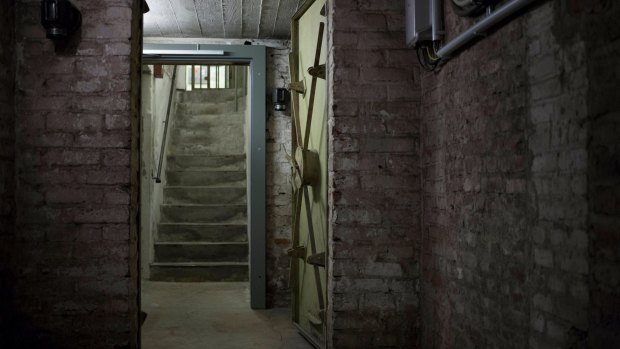
Detention cells in EL-DE National Socialism Documentation Centre, a former Gestapo headquarters, now a museum.Credit: Alamy
Here you can peek into the tiny, bare cells which once held upwards of 30 people in disgustingly cramped conditions, the walls still marked with the heartfelt messages they scratched on them before being tortured in the lower basement and eventually led out to their deaths either in a concentration camp or in the small courtyard out the back.
"I am now 18 years old," reads one message, "pregnant and would love to see my first-born child. Well, this will not be possible, I have to die." Another is more succinct: "Vulotshnik has lived 21 years and was hanged."
It is a dark, sobering and harrowing insight into the banality of evil. Lest we forget, indeed.
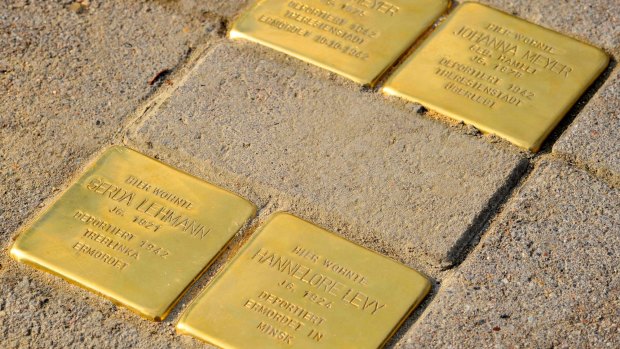
Stolpersteine tribute memorial in Cologne.Credit: Alamy
TRIP NOTES
Keith Austin was a guest of Avalon Waterways.
MORE
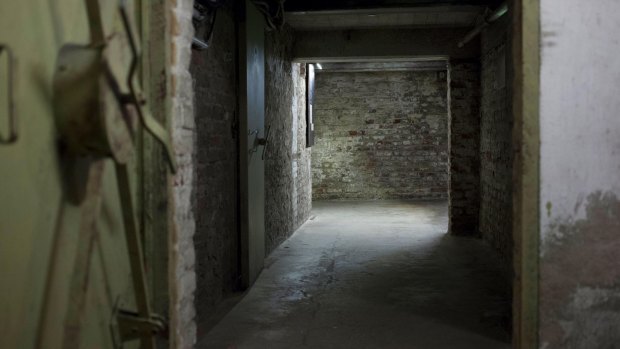
Detention cells in EL-DE National Socialism Documentation Centre, a former Gestapo headquarters, now a museum.Credit: Alamy
FLY
Cathay Pacific Airways flies from all the major Australian cities to Zurich via Hong Kong. See cathaypacific.com
CRUISE
Avalon Waterways' Romantic Rhine cruise from Basel to Amsterdam runs between April and November, in both northbound and southbound directions. From $3705 per person double occupancy. Price includes all meals, daily excursions and beer and wine at lunch and dinner. See avalonwaterways.com.au
Sign up for the Traveller Deals newsletter
Get exclusive travel deals delivered straight to your inbox. Sign up now.